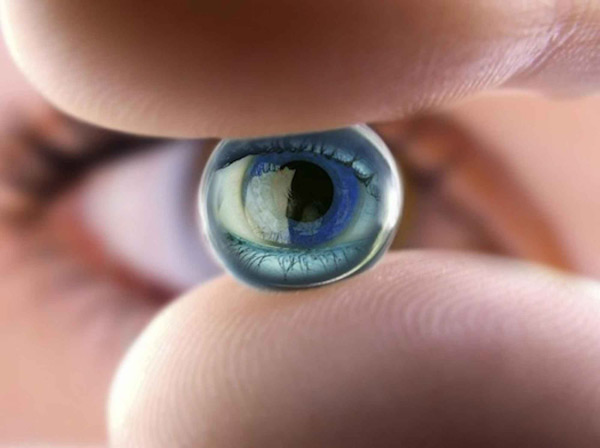
Larry Hester was 33-years-old when a condition called retinitis pigmentosa robbed him of his sight. At the time, there was no cure. But more than 30 years later, modern medicine took a page from science fiction and created a bionic eye for people like Larry. He’s been wearing one for almost two years now.
Larry Hester and his wife Jerry revel in experiencing a world he hasn’t seen in more than 30 years.
Jerry Hester, Larry’s wife told Ivanhoe, “We’re like little kids experiencing things. To see a napkin is exciting. To see a hot air balloon illuminate, that’s over the moon.”
Larry said, “The bright lights flashing from the fireworks … truly incredible.”
This gift of sight happened when Duke University eye doctors implanted an electronic stimulator on Larry’s left retina. It’s connected to special glasses equipped with a camera that sent light signals to Larry’s brain.
Paul Hahn, MD, PhD, Ophthalmologist at Duke University told Ivanhoe, “What this device does, is it bypasses those diseased cells and stimulates the remaining healthy cells to allow the patient to see something again.”
The device is called a retinal prosthesis device. It doesn’t restore Larry’s full sight — he can only see dark and light contrasts and flashes of light. He can’t drive a car or read a book, but what Larry can do are things many of us take for granted every day.
Larry explained, “We’re getting ready to go to bed and I go around and I’m able to turn the lights off because I know they’re on; I can see them.” And a greater appreciation for the simple things in life is another thing Larry and Jerry can now see.
It hasn’t been tested yet, but the bionic eye probably won’t work on people who were born blind … it will only work on people who went blind later in life because of disease like retinitis pigmentosa.
Contributors to this news report include: Cyndy McGrath, Supervising Producer; Jessica Sanchez, Field Producer; Cortni Spearman, Assistant Producer; Brent Sucher, Editor and Videographer.